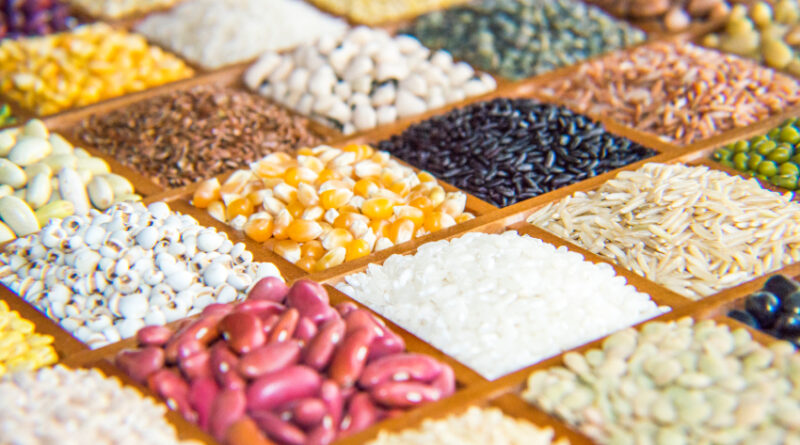Kharif crop sowing surpasses average area driven by paddy, pulses and coarse cereals
By Dhirendra Kumar
Improved monsoon conditions over the past week have boosted sowing activities, pushing the total kharif crop area beyond the average of 109.6 million hectares (mh) as of 13 September.
At 109.66 mh, this represents a 2.21% increase compared to the same period last year, according to data from data released by agriculture ministry on Tuesday.
Paddy sowing surged to 41 mh, a 2.10% rise from the average area of 40.15 mh, and a 4.17% increase from last year’s 39.35 mh. The term “normal sowing area” refers to the average sown area for a crop from 2018-19 to 2022-23.
Coarse cereals, or ‘shree anna’, also saw a 4.76% increase over the normal area of 18.10 mh, reaching 18.96 mh as of 13 September—3.55% higher than the 18.31 mh sown during the same time last year.
Pulses, another key kharif crop, recorded a 7.86% rise in sowing, expanding to 12.77 mh from 11.84 mh last year, with tur (arhar) dal alone accounting for 4.65 mh.
The increase in sowing areas is a positive indicator for the agriculture sector and reflects the government’s commitment to enhancing farm productivity. With broad increases across various crops, this trend could potentially lead to a reduction in prices for this crucial protein source, provided the harvest is favourable.
It largely alleviates concerns about a surge in food inflation, which has been more persistent than headline inflation in recent months.
Food inflation, a persistent challenge, rose to 5.66% in August from 5.42% reported in July. This was the lowest since June 2023, when it was 4.55%. Food inflation had risen to 9.36% in June, to 8.69% in May and 8.70% in April
The bumper sowing has also strengthened confidence among policymakers, as kharif production constitutes about 60% of India’s total foodgrains output.
Oilseeds saw a slight increase in sowing area, rising to 19.33 mh from 19.03 mh last year, while sugarcane remained stable at 5.76 mh. However, some crops showed declines, with jute and mesta falling to 573,000 hectares from 666,000 hectares, and cotton dropping to 11.24 mh from 12.36 mh last year.
Talking to Mint, agriculture minister Shivraj Singh Chouhan recently said that crop loss in India over the past few months due to floods and excessive rainfall is estimated to be just 2-4%. However, the damage to kharif (monsoon) crops in Andhra Pradesh and Telangana is expected to be significant.
This article has been republished from The Livemint.

